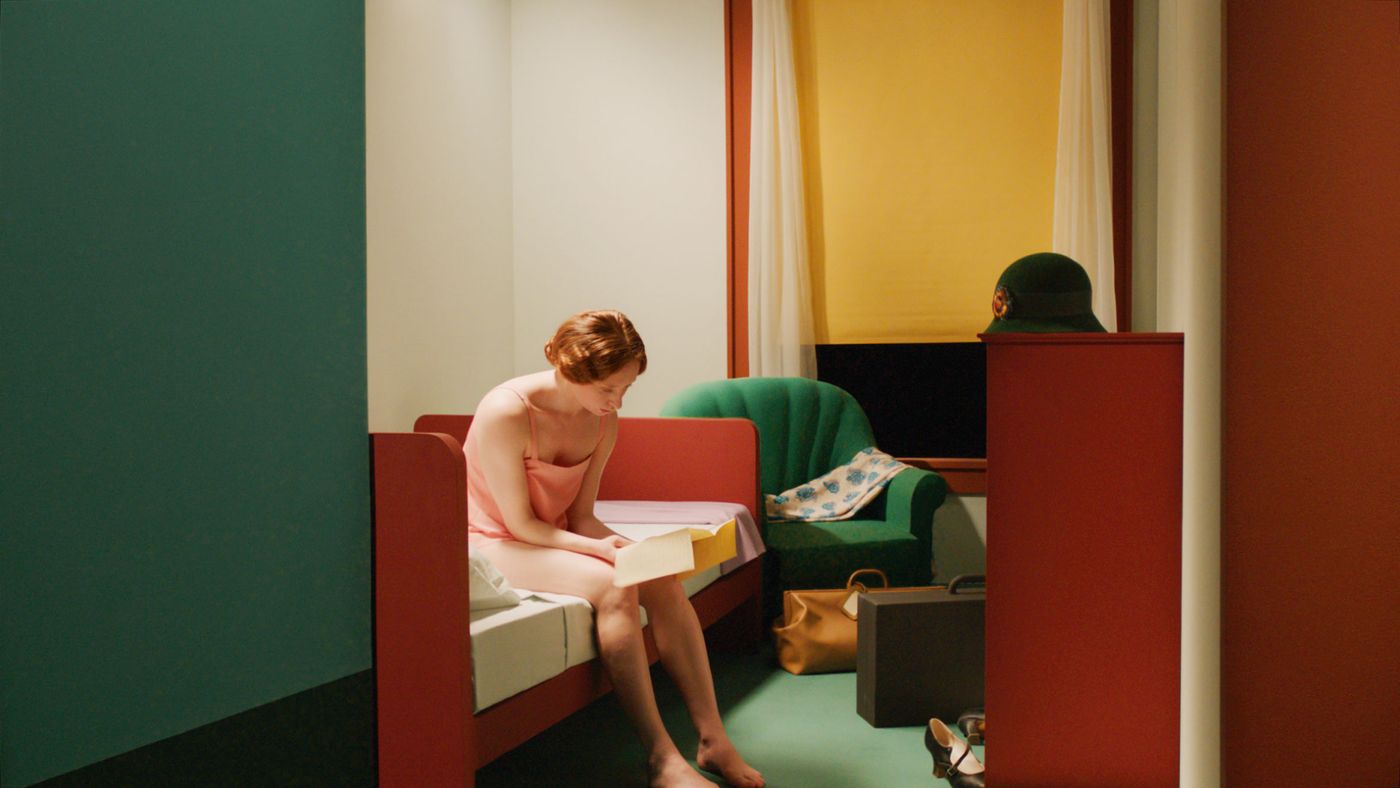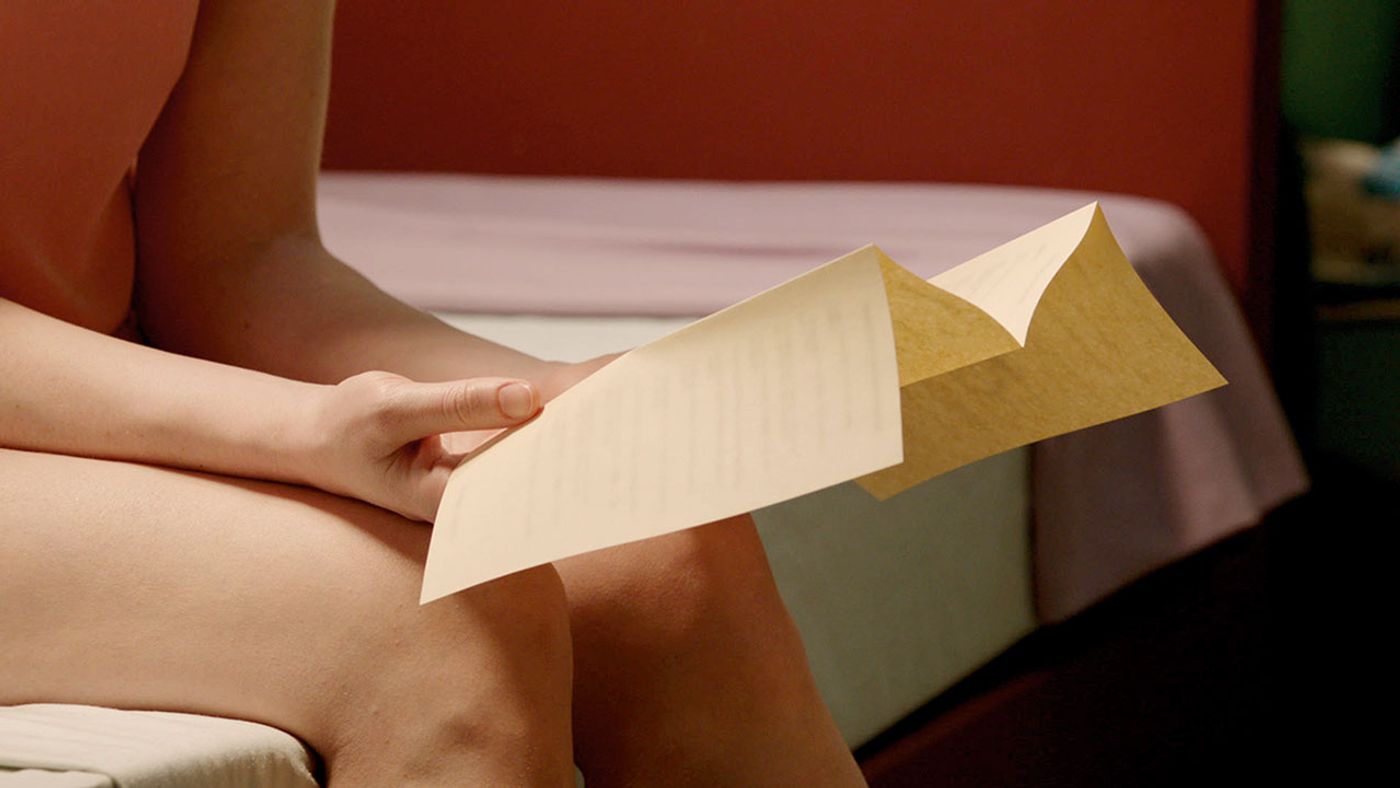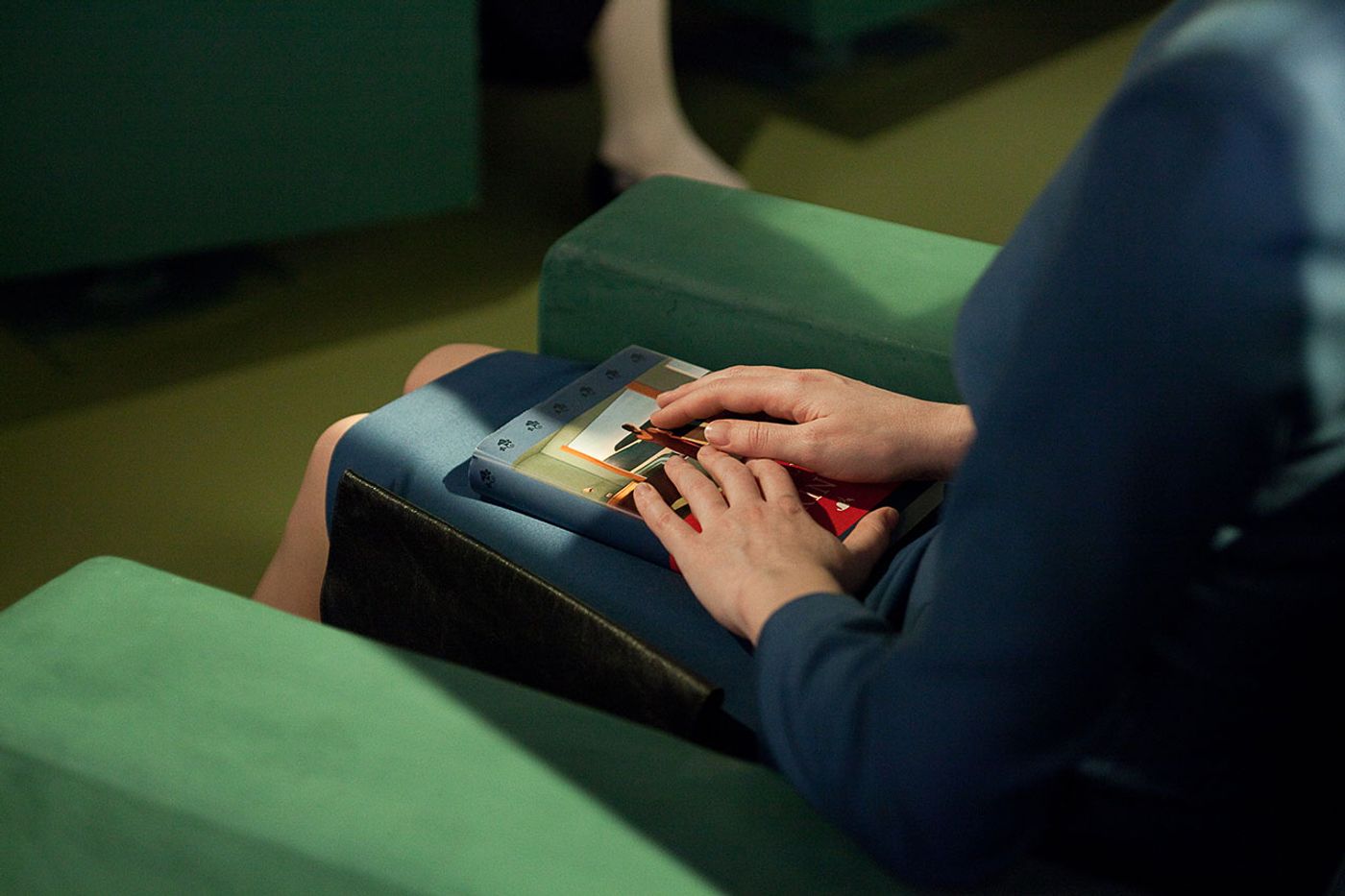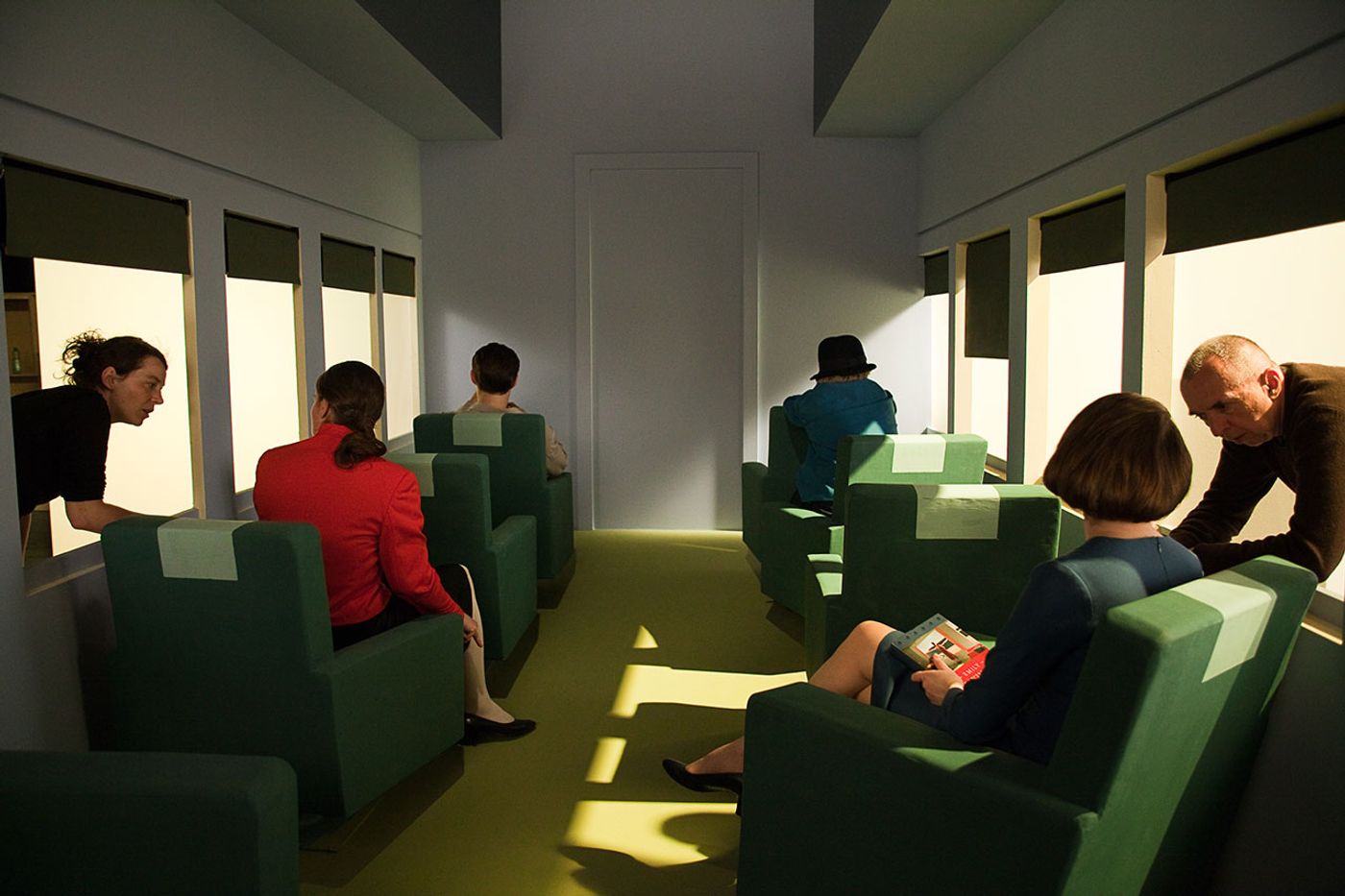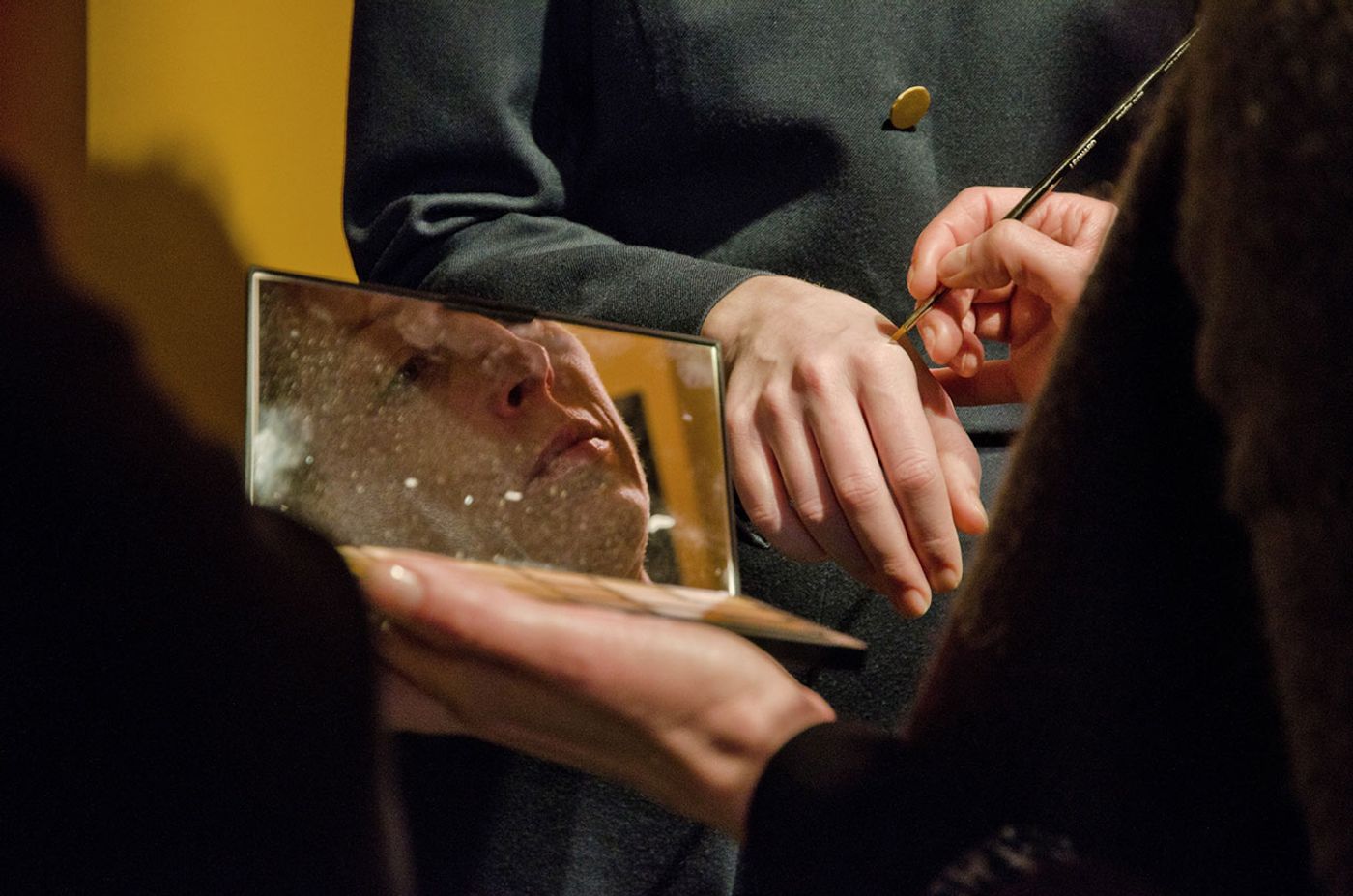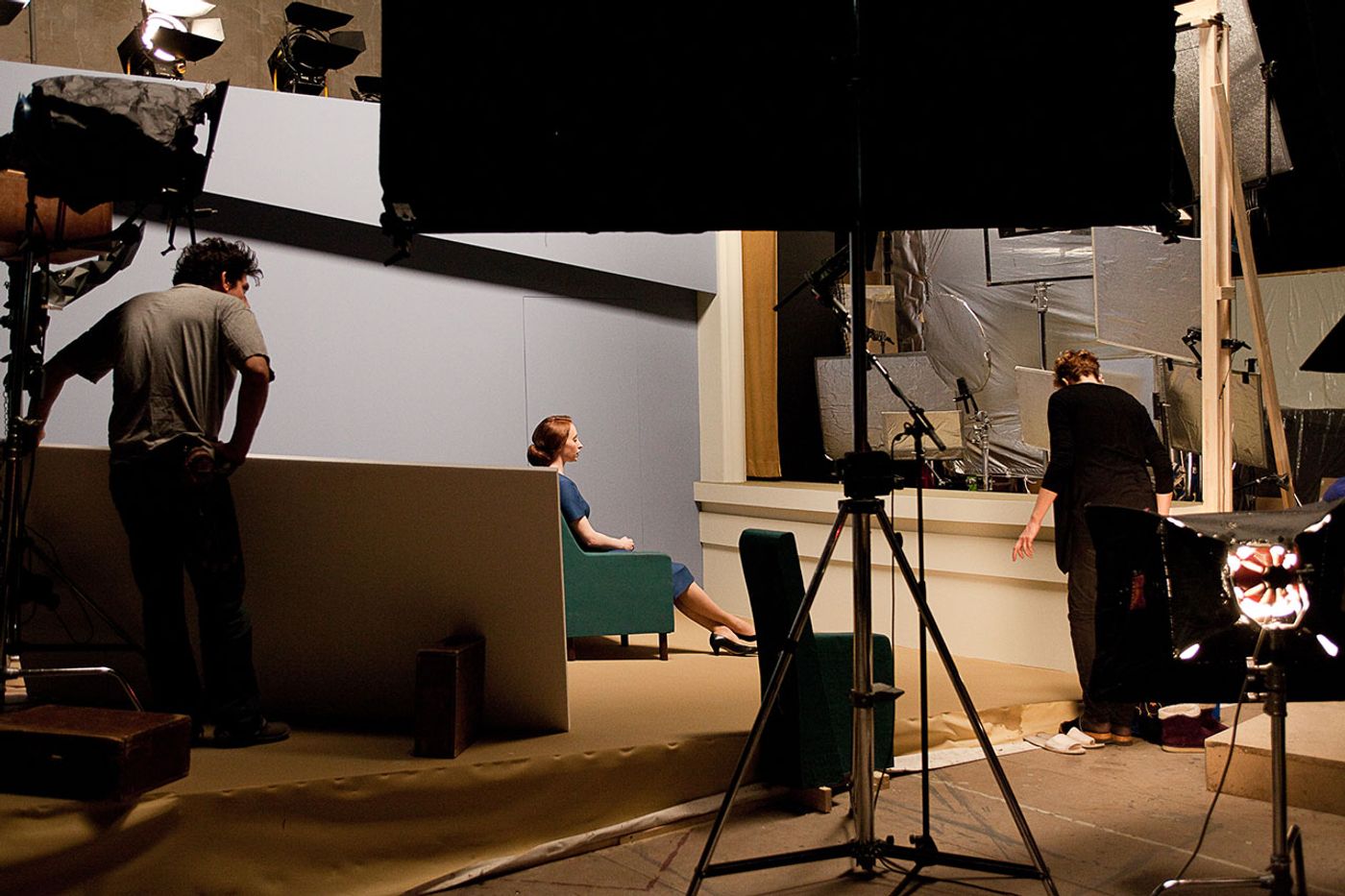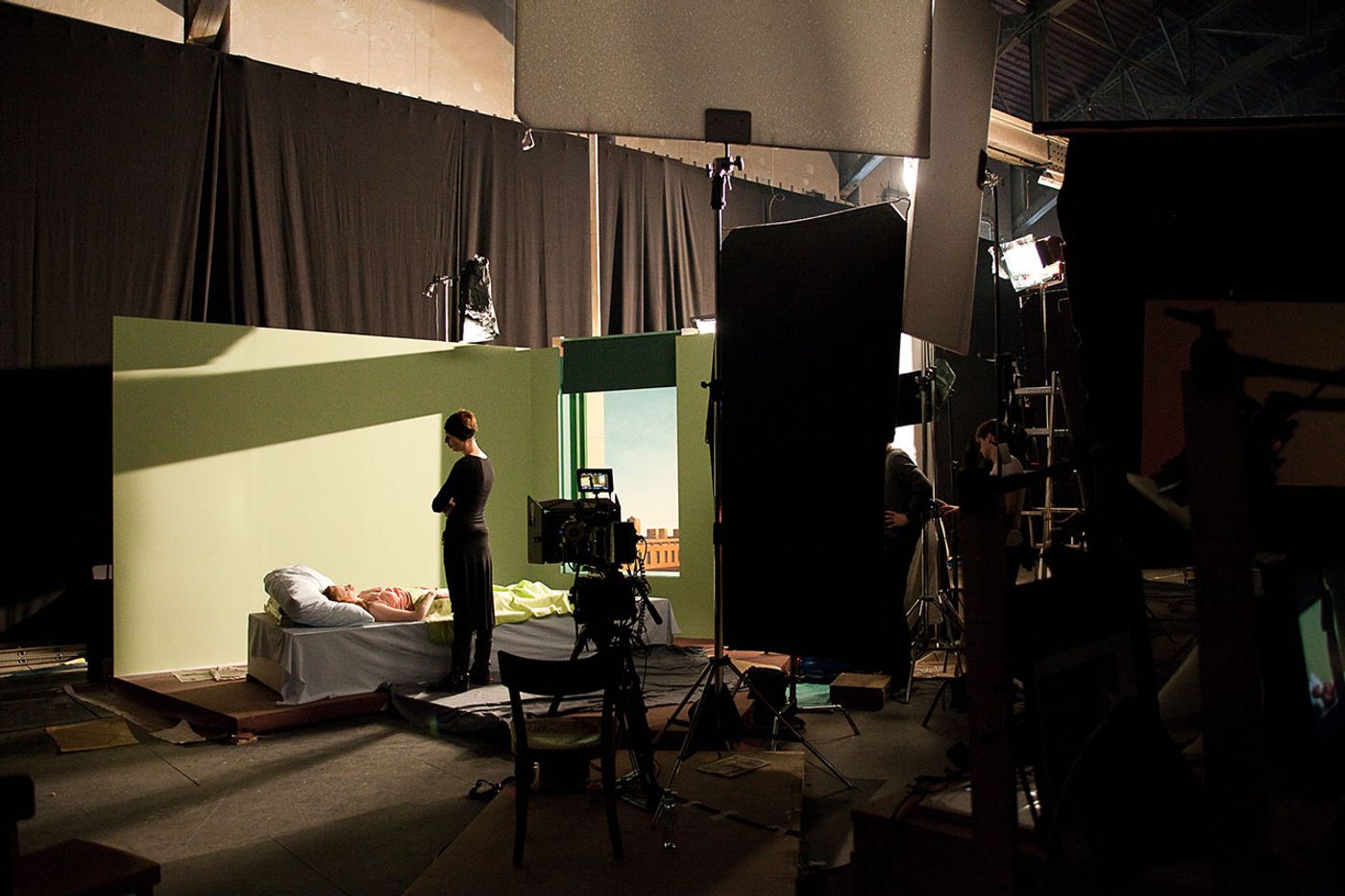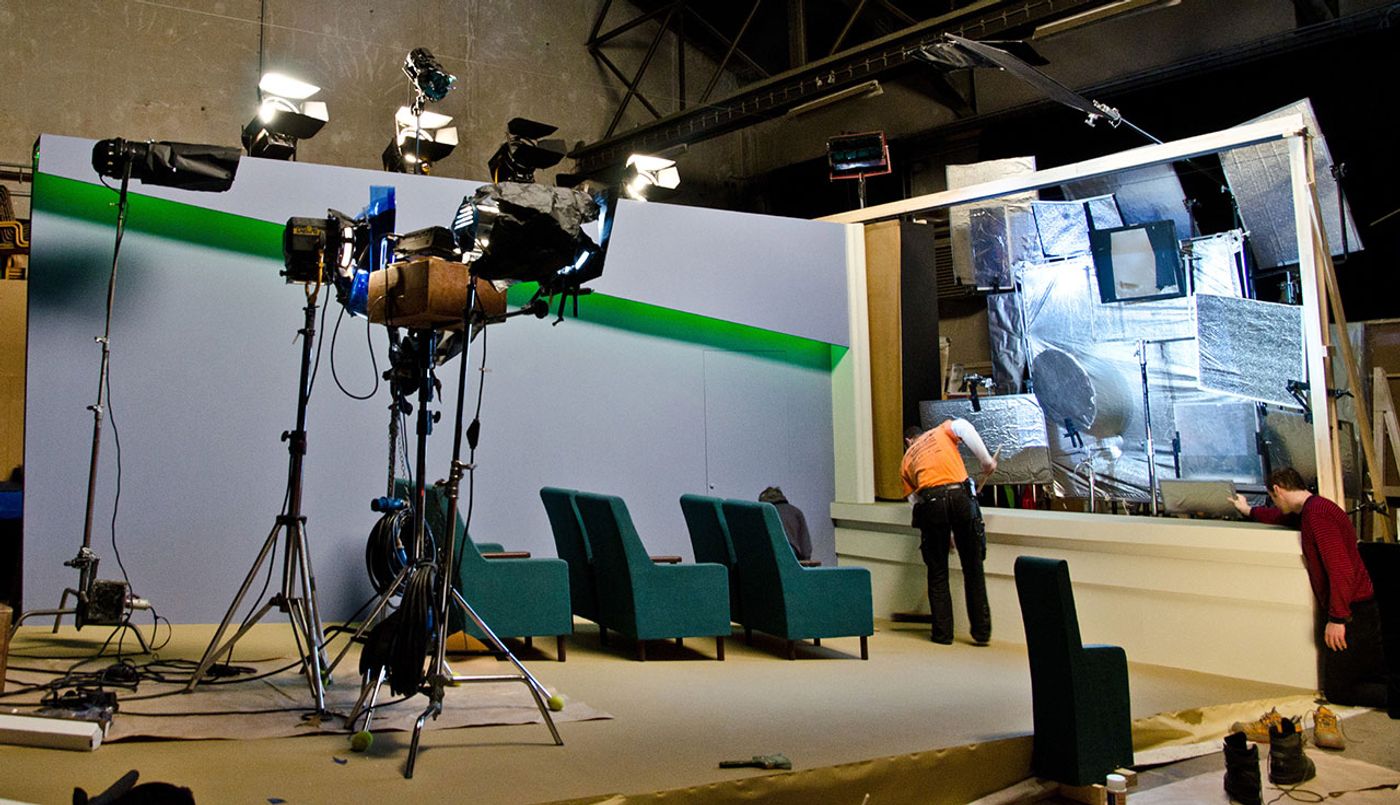Film Director Gustav Deutsch Brings the World of Edward Hopper to Life
Words by Eric David
Location
Film Director Gustav Deutsch Brings the World of Edward Hopper to Life
Words by Eric David
Austrian filmmaker, architect and experimental artist Gustav Deutsch’s first live-action film, "Shirley: Visions of Reality", is one of those rare gems of artistic endeavour that defy categorization. Recreating 13 of Edward Hopper’s paintings, the movie charts over three decades of American history through the unfolding life of its protagonist, Shirley, a fictional red-haired actress who tackles the socio-political changes happening around her with the same fervour she handles her own personal affairs. Filtering history though the double lens of a contemporary painter’s viewpoint and a filmmaker’s re-interpretation of that viewpoint, in essence, Deutsch’s creation is a unique interdisciplinary art project presented as a feature film.
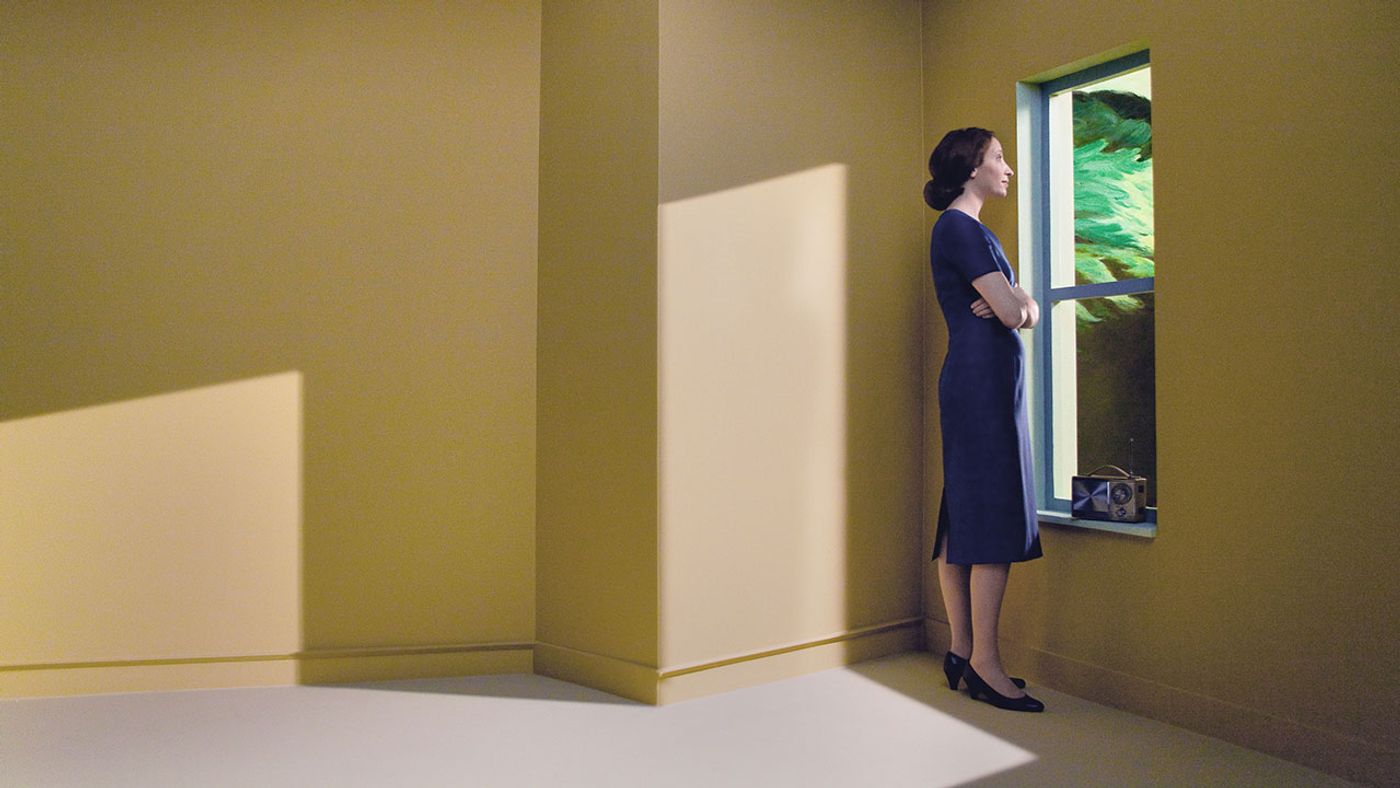
Photo by Michaela C. Theurl.

Photo by Jerzy Palacz.
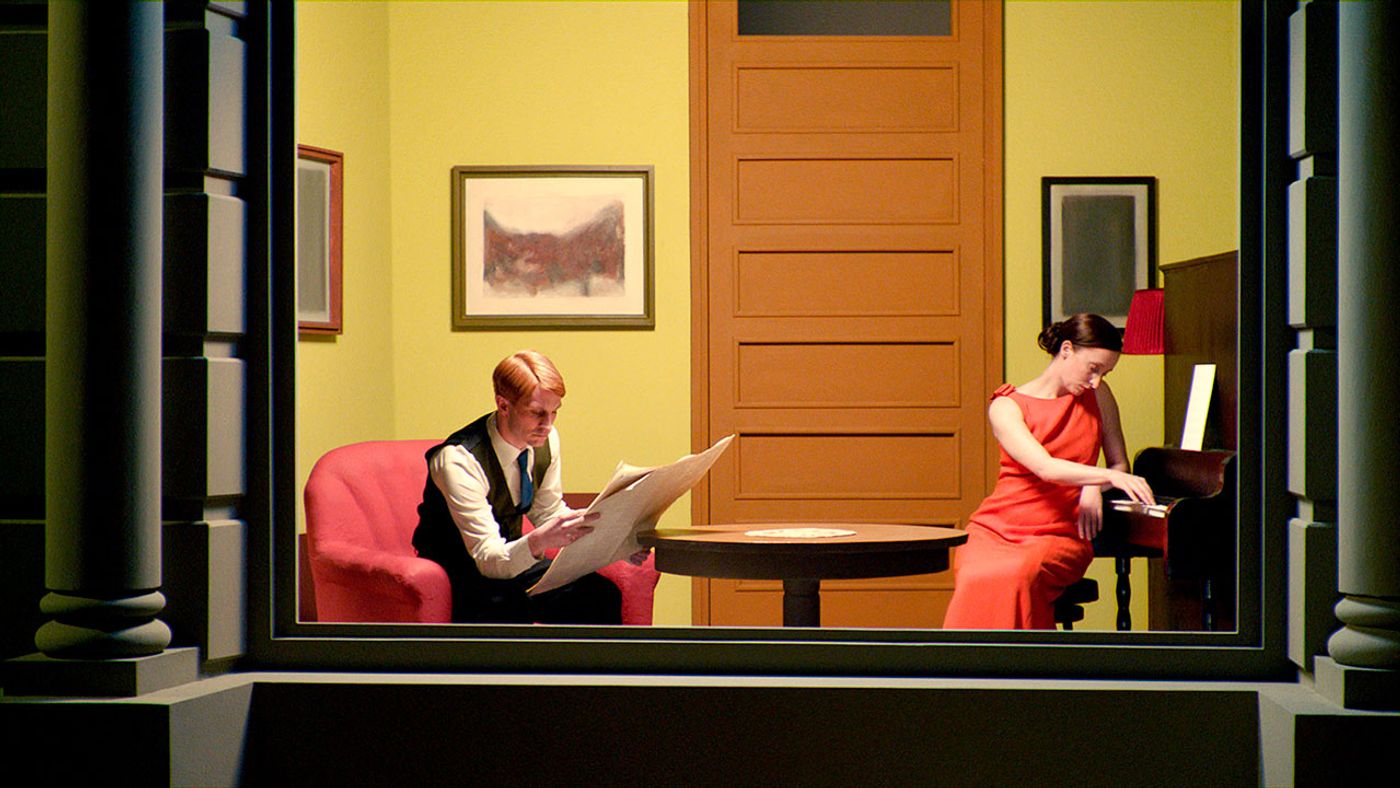
Photo by Jerzy Palacz.
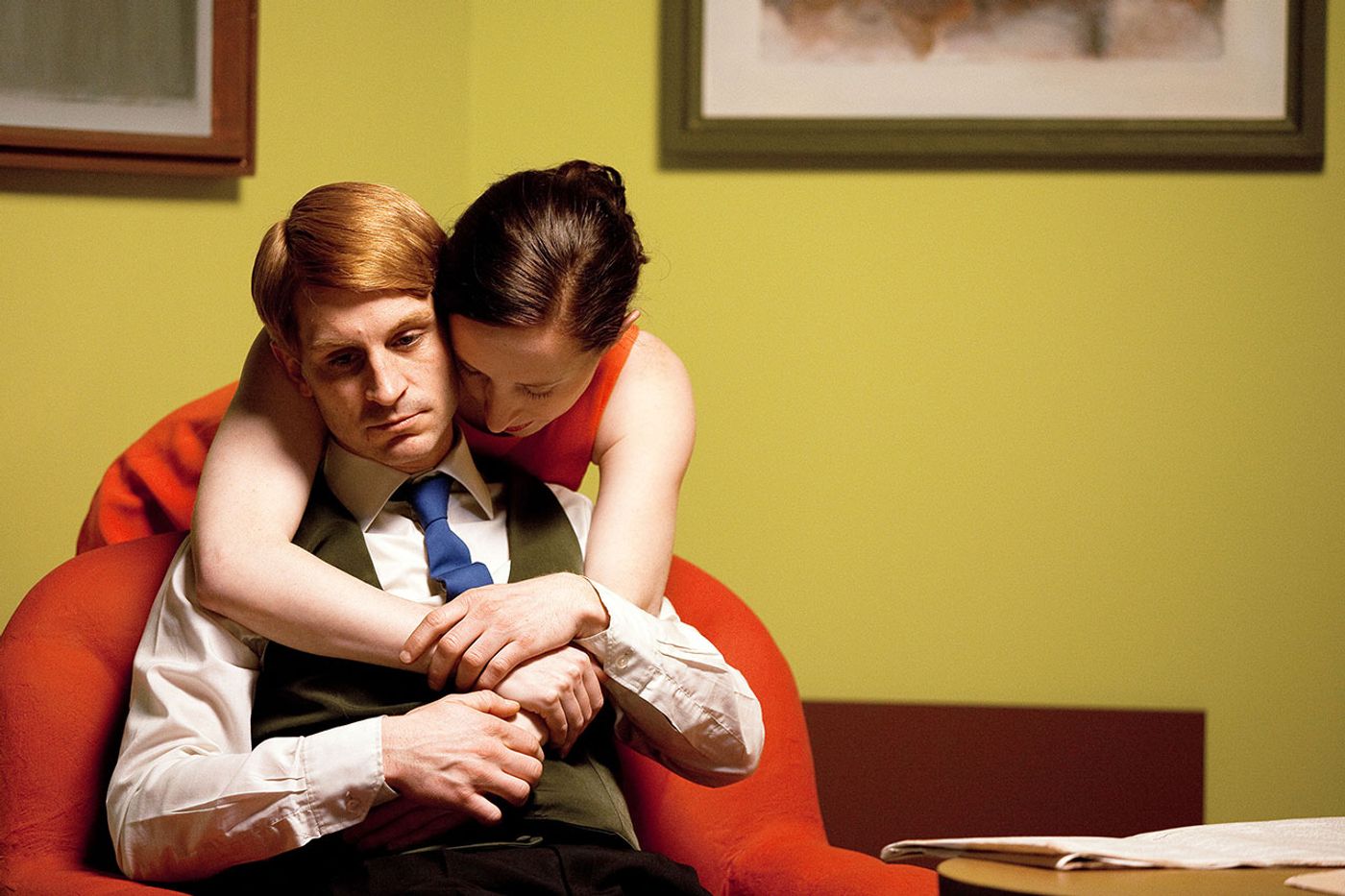
Photo by Michaela C. Theurl.
The film’s 13 scenes, each corresponding to a Hopper painting and extending to a period of six minutes either before or after the moment captured on that painting, are featured in chronological order from 1931 till 1963 with an introductory snapshot based on Hopper’s 1965 “Chair Car”. In these scenes—static tableaux vivants with little action or dialogue that take place on the 28th of August in the year the picture was painted—we glimpse through Shirley’s inner monologues and sparse lines to her partner, who remains silent throughout the movie, and the minor and major events in her life, we witness her playing the role of a bored blonde usherette in a movie, taking up menial jobs to secure her livelihood, retiring to the countryside and so on. In order to place each scene within a historical context, a radio news-broadcast precedes each scene depicting the Depression, WWII, the Cold War, Korea, JFK and Martin Luther King, all the way to Vietnam.
Ascetically played by Stephanie Cumming, Shirley embodies the paintings’ introspective mood of alienation and urban isolation, but also exhibits a sense of empowerment, a determination to define her own life against a society that insists on doing it for her.
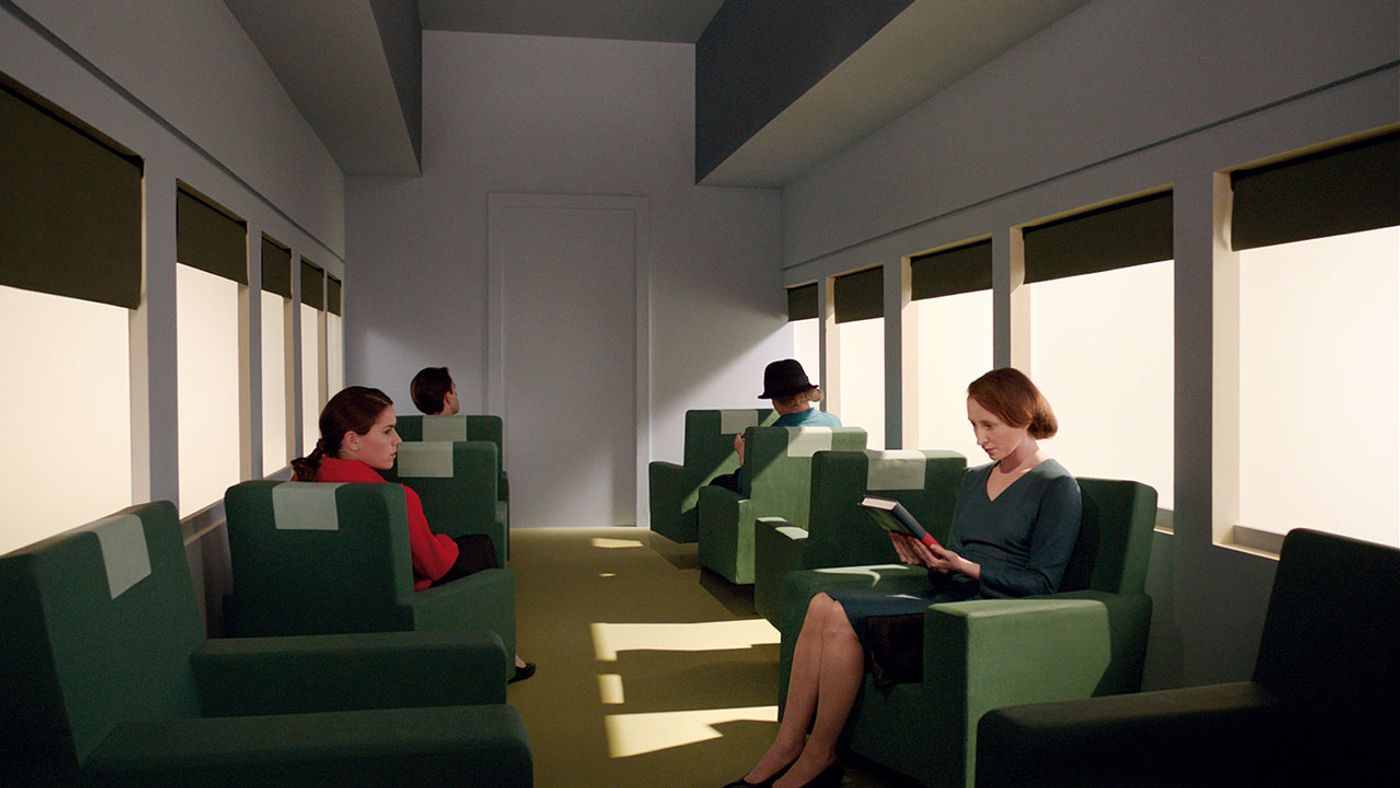
Photo by Jerzy Palacz.
Hopper’s consistency in style and use of the same model, his wife Josephine Nivison, throughout the years, prove ideal for the film’s visual uniformity. The sets, meticulously brought to life with the help of scenic artist Hanna Schimek, who visualized the landscapes outside the windows and the pictures shown on the walls, and cinematographer Jerzy Palacz, master of light and shadow, were built for a specific, fixed camera position corresponding to the viewpoint of each painting. In its faithful three-dimensional reconstruction of Hopper’s paintings, the film visually shares the hallmarks of the painter’s work: the vibrant colors, the strong diagonals, the bright lighting and the large empty windows that hint at the larger world outside and all the possibilities it hides.
According to the filmmaker, Hopper was himself influenced by film noir, and he in turn influenced some of the greatest directors such as Alfred Hitchcock, Jim Jarmusch, Martin Scorsese, and Wim Wenders, and even served as inspiration for the aesthetic of Ridley Scott’s Blade Runner. But more than a stylized exploration of the concept of art imitates art imitates art, Deutsch’s film is a study on the staging of reality, or more precisely a meta-study. By re-staging Hopper’s fictional reality and filtering it through his protagonist, i.e. an actress playing an actress, the film invites the viewer to consider reality as a conceptual conundrum. These topics, as well as the concept of replication in art, were further explored in an exhibition of the same name at Künstlerhaus in Vienna following the film’s release in 2013, where artefacts from the film’s sets were combined into thematic groups.
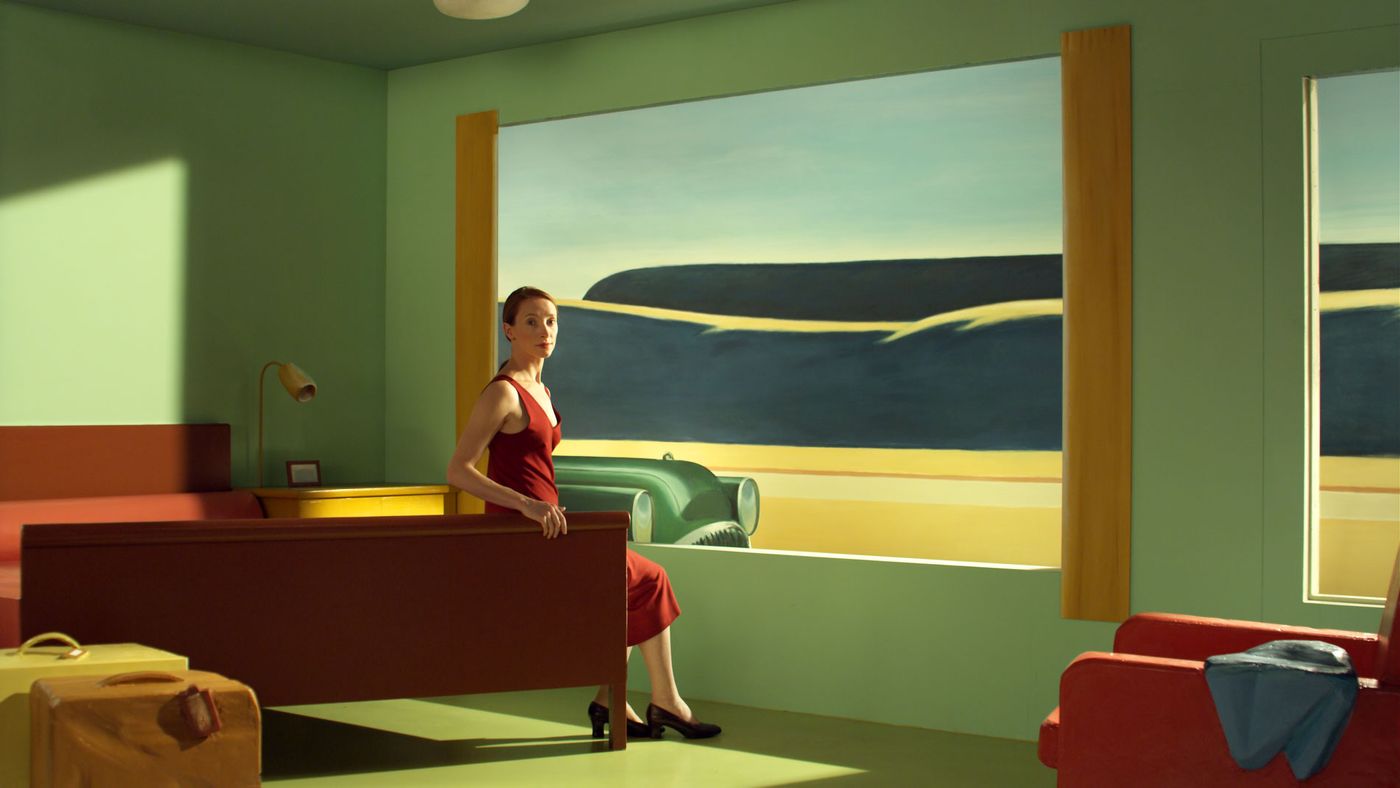
Photo by Jerzy Palacz.
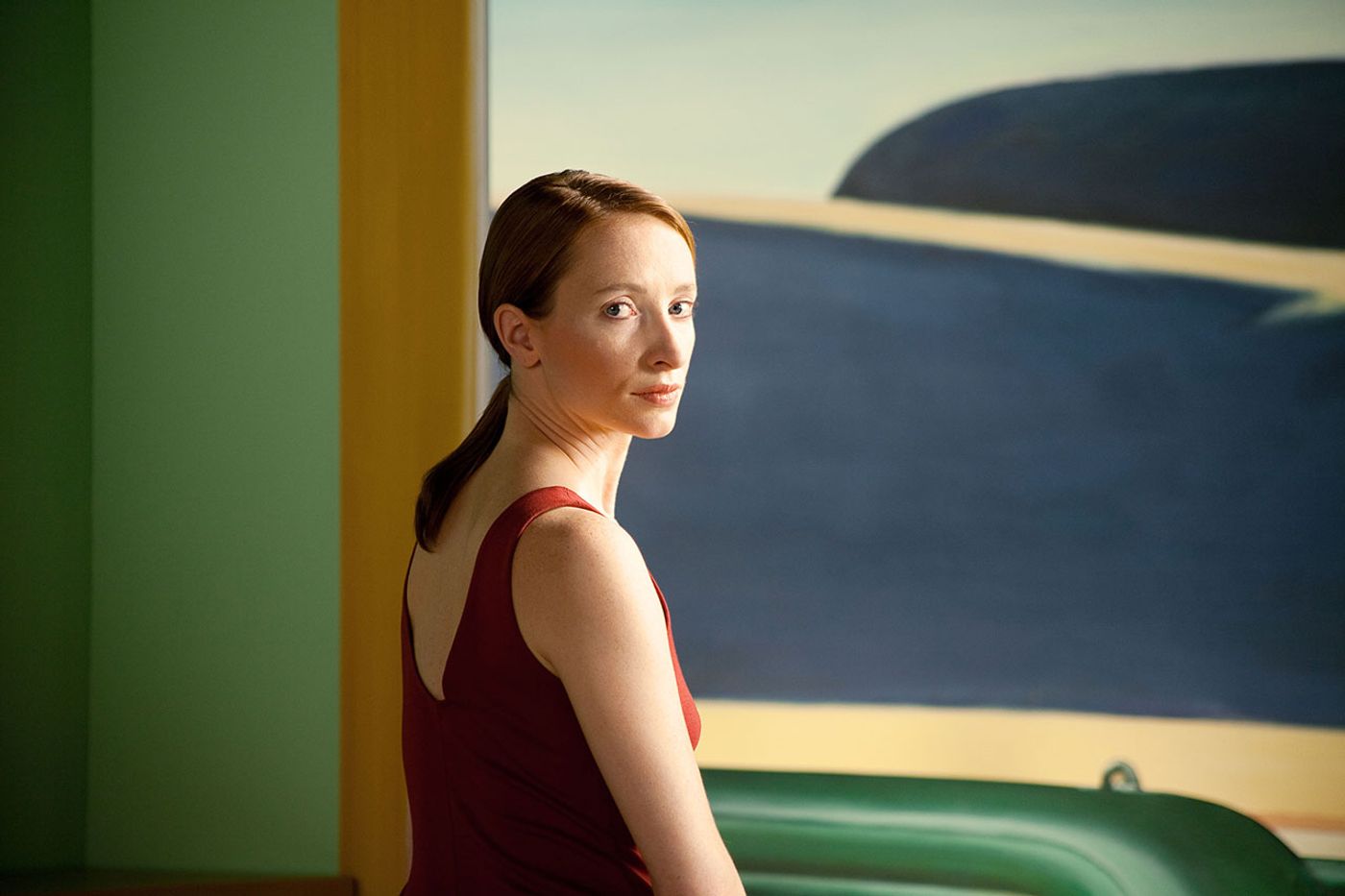
Photo by Michaela C. Theurl.
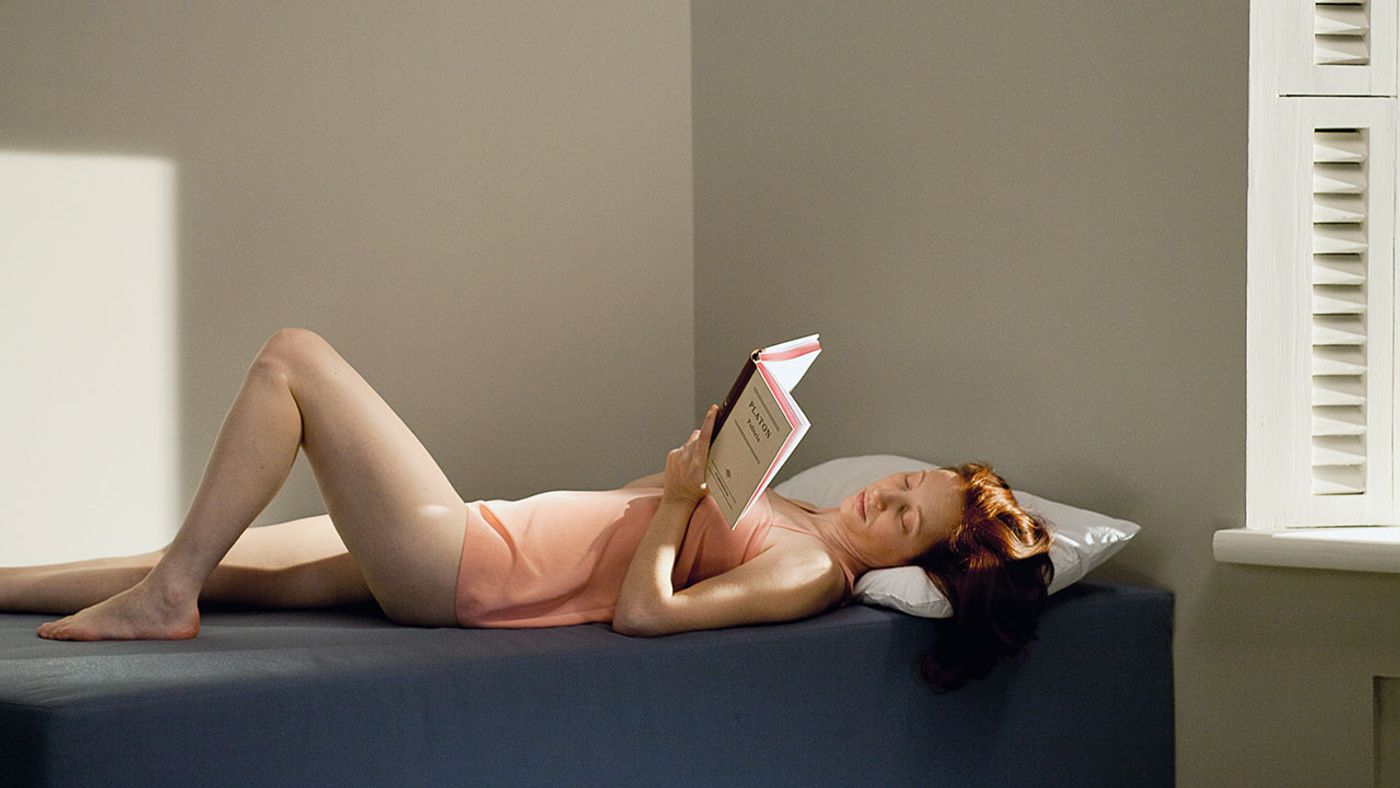
Photo by Jerzy Palacz.
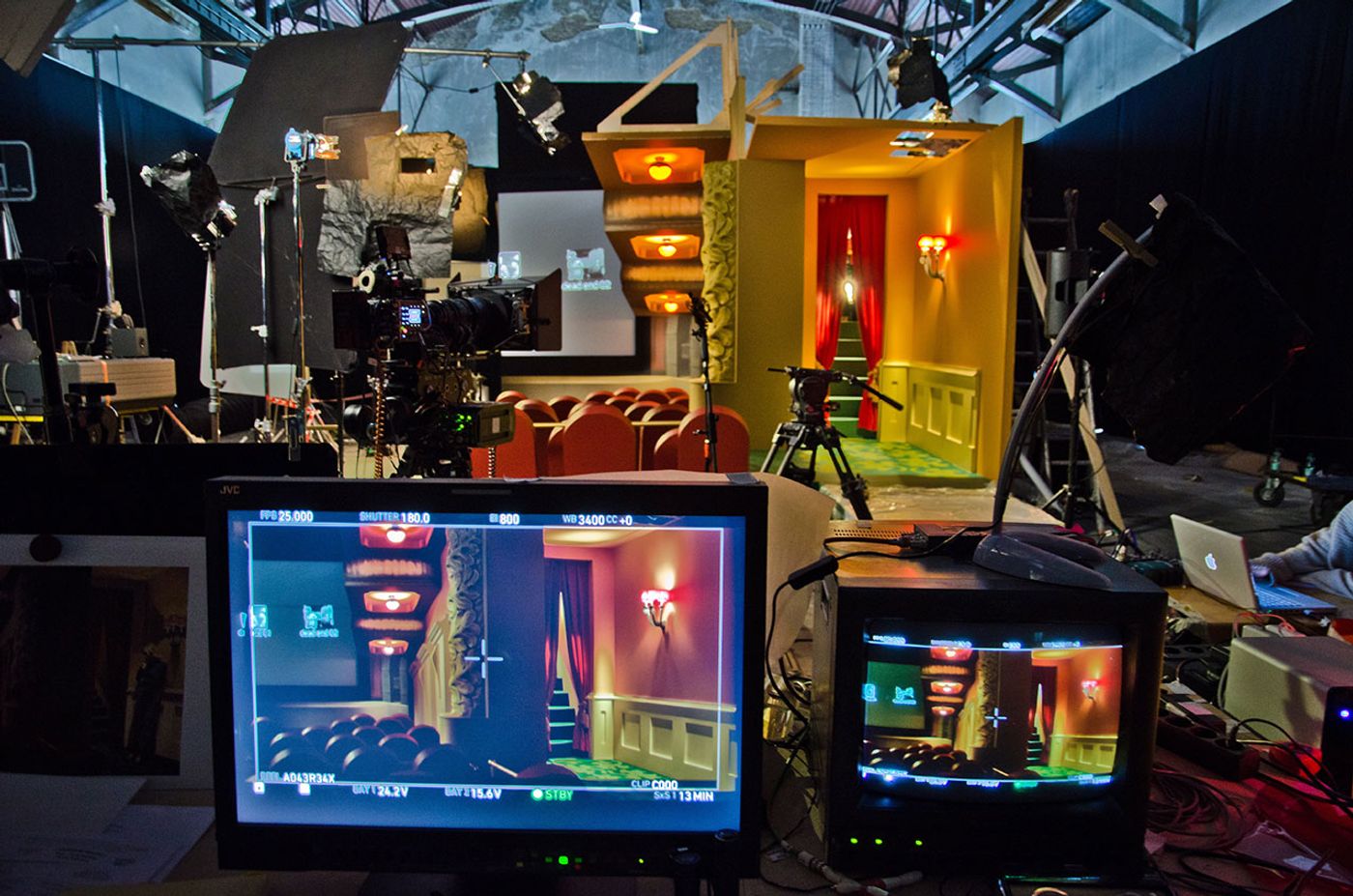
Photo by Jerzy Palacz.
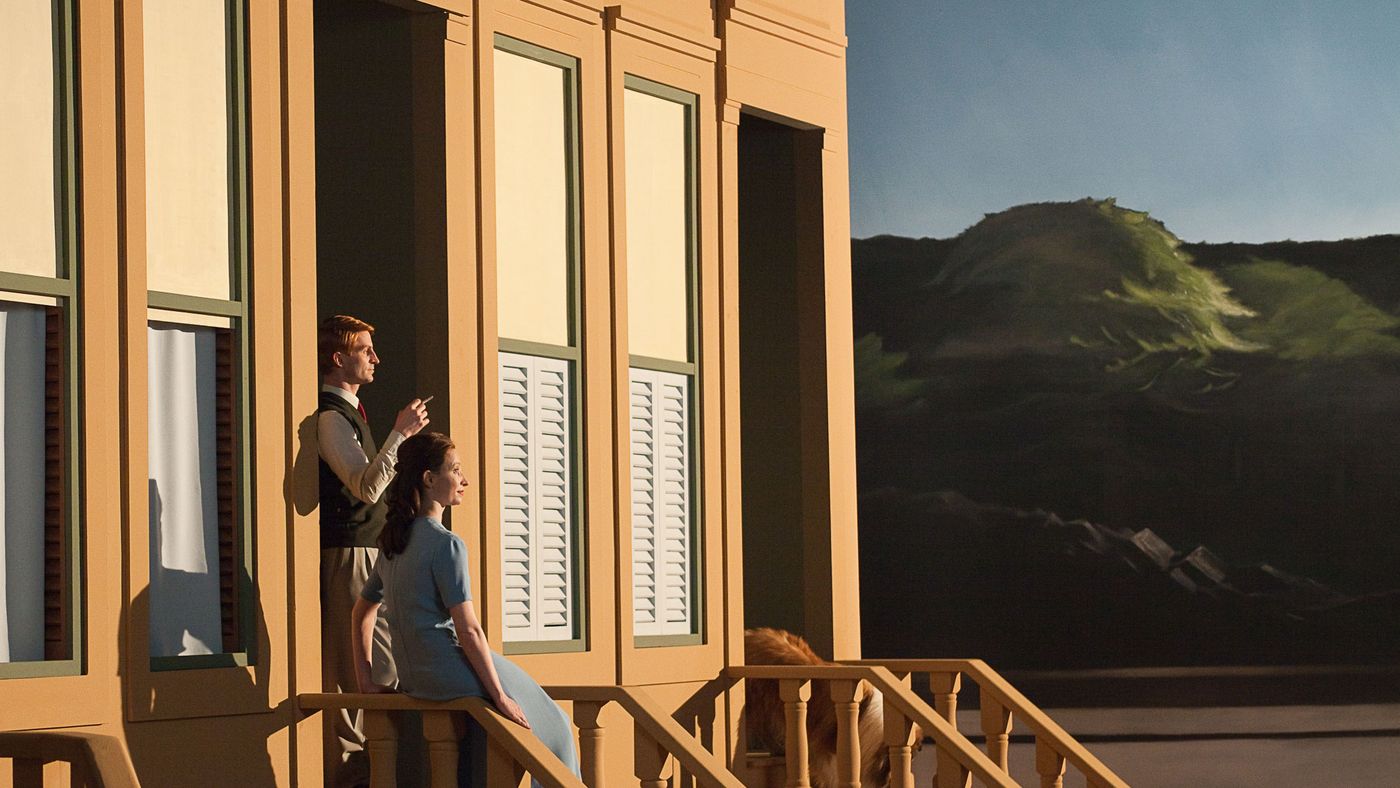
Photo by Michaela C. Theurl.
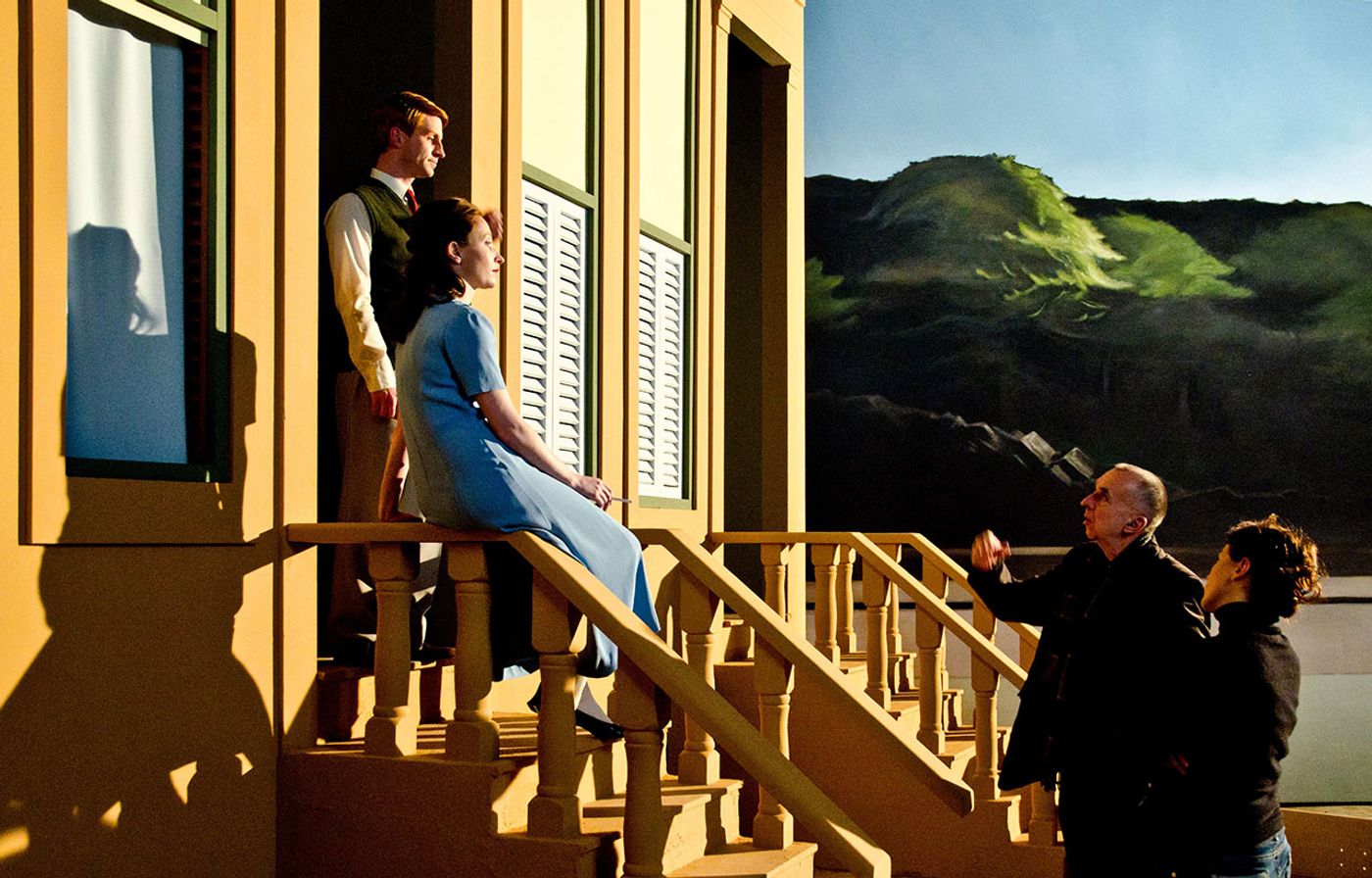
Photo by Jerzy Palacz.
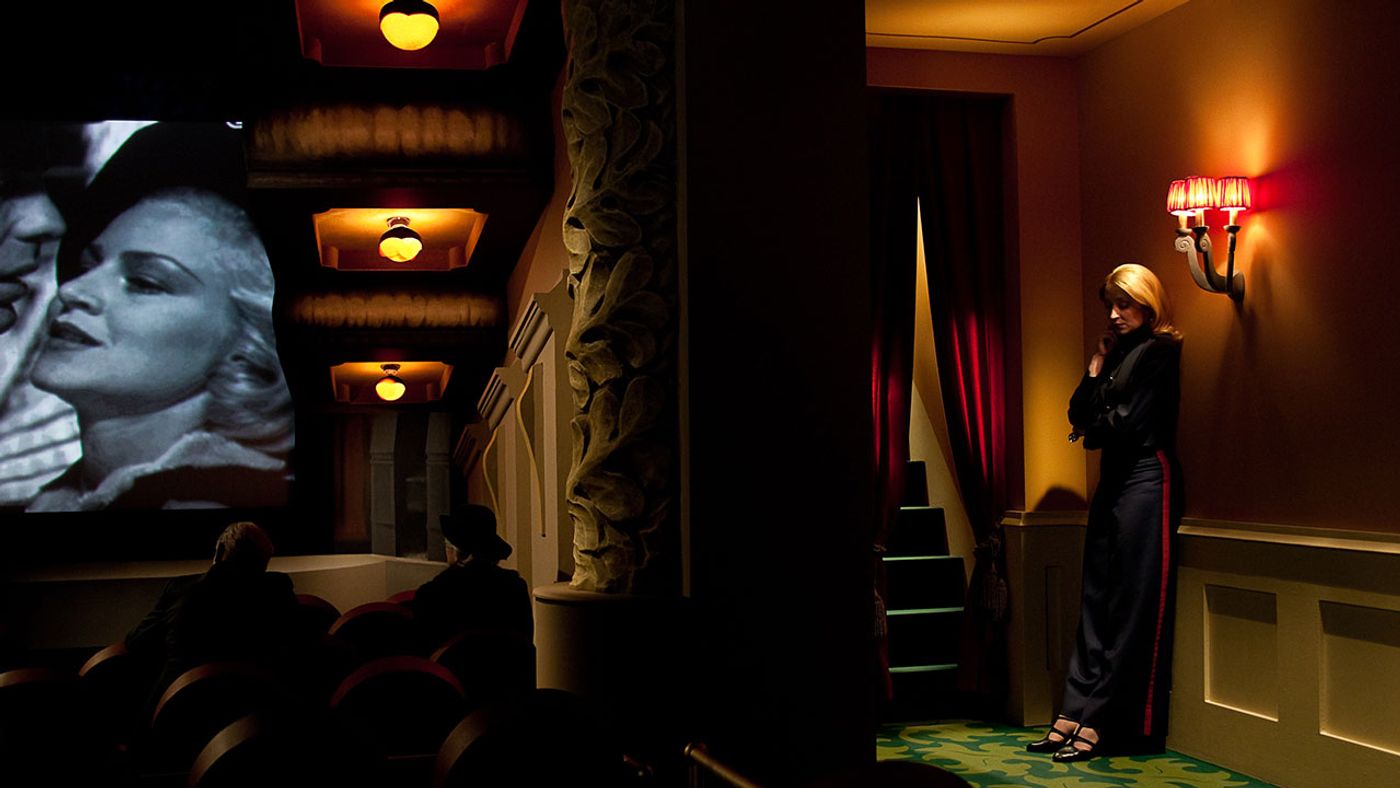
Photo by Jerzy Palacz.
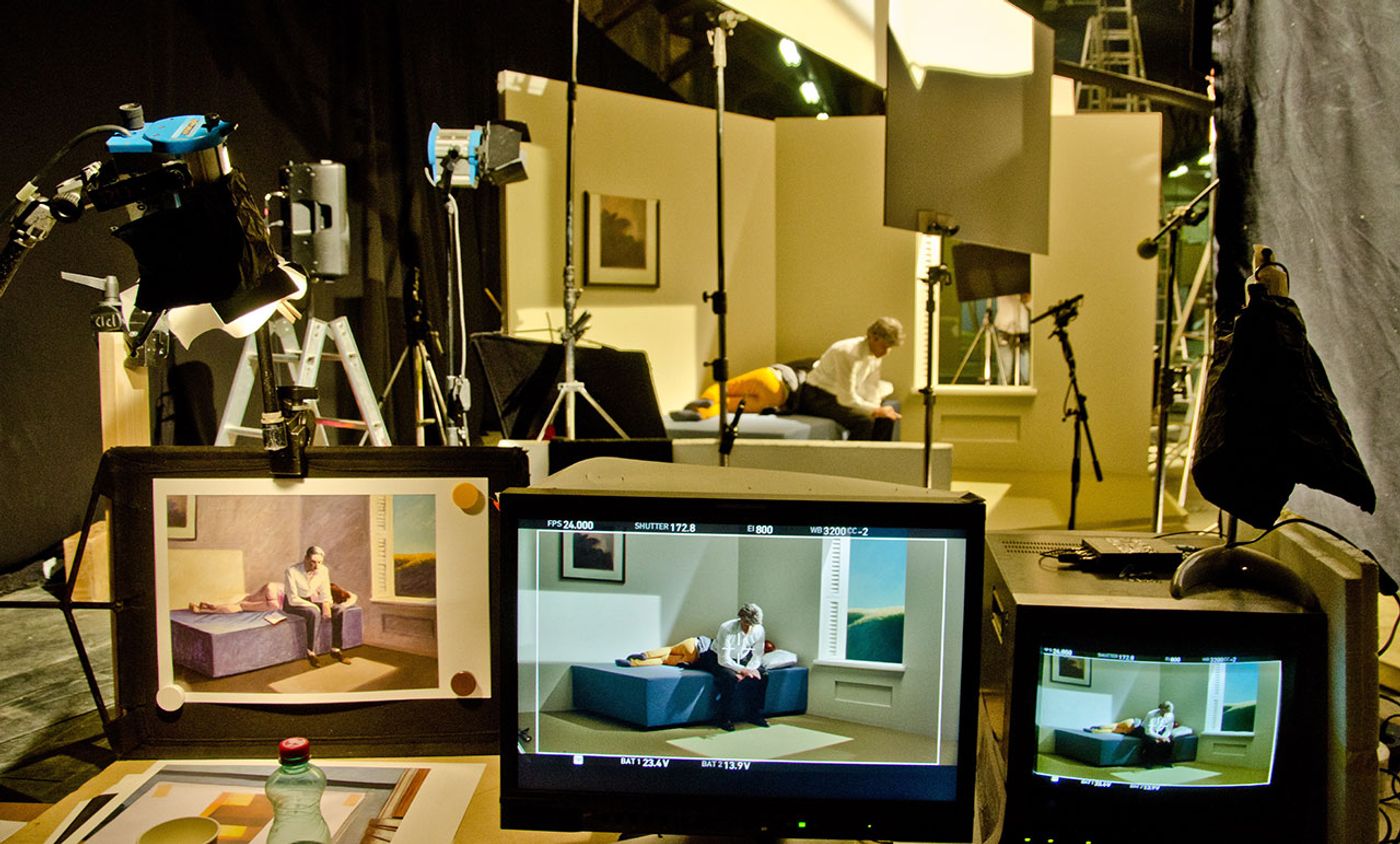
Photo by Jerzy Palacz.
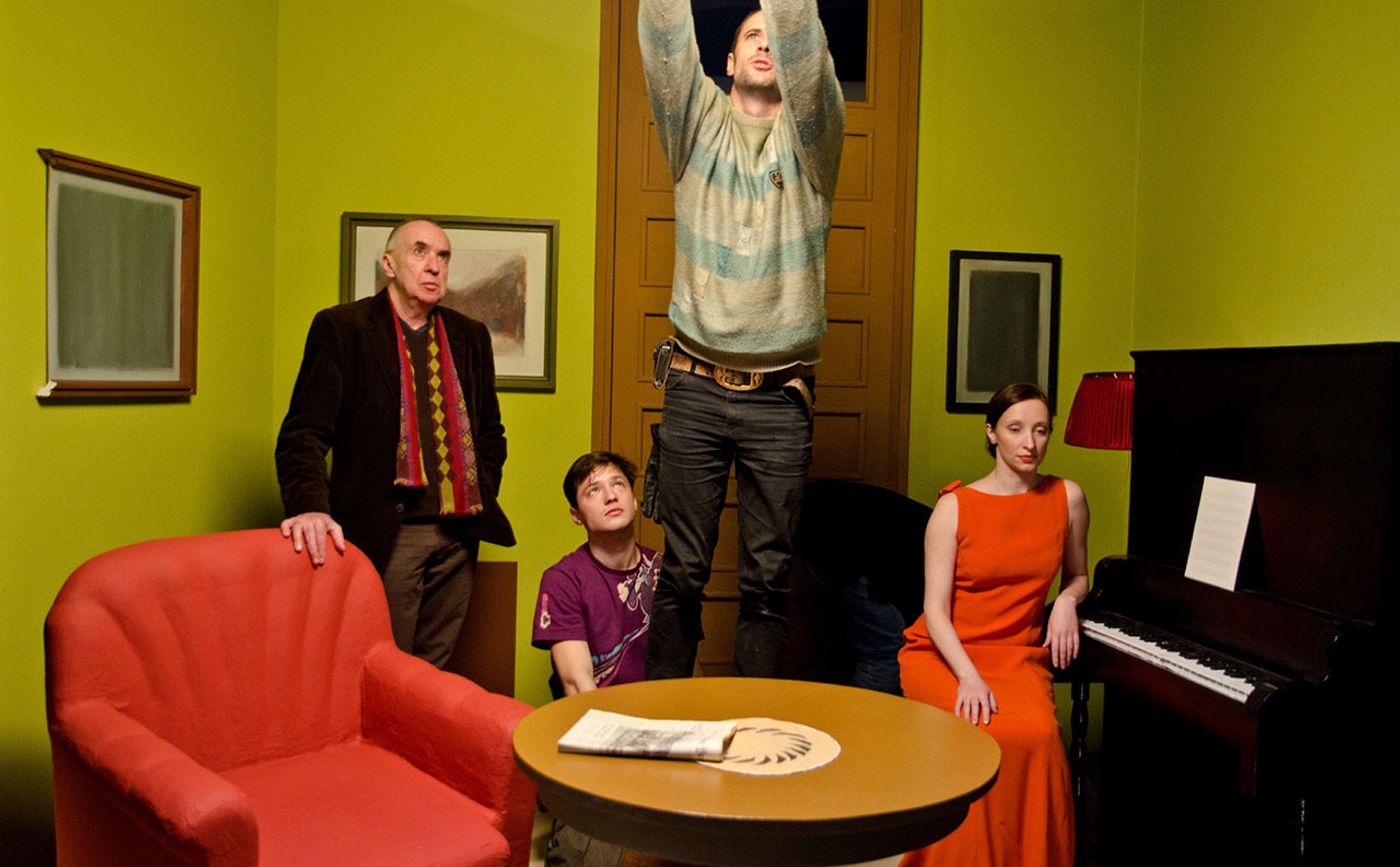
Photo by Jerzy Palacz.
Shirley: Visions of Reality (2014) Official Trailer.
